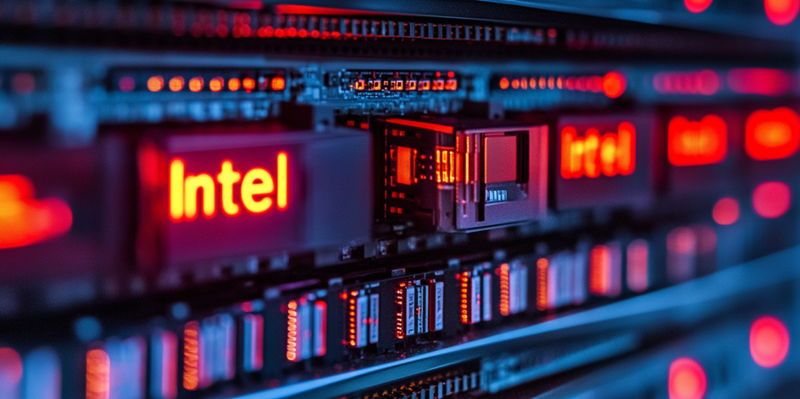In a significant turn of events within the tech industry, AMD has overtaken Intel for the first time in data center sales, marking a notable shift in a market historically dominated by Intel. This achievement underscores AMD’s robust growth strategy and its ability to capitalize on market dynamics. Throughout 2024, both companies observed steady increases in data center sales, rebounding from declines experienced in late 2023. AMD reported a staggering 122% year-over-year increase, with its data center division surging to $3.5 billion. This impressive boost was primarily fueled by strong sales of Epyc processors and the new Instinct MI325X GPU accelerator, as highlighted by AMD Chair and CEO Dr. Lisa Su during the company’s third-quarter performance review.
Intel, on the other hand, reported $3.3 billion in sales for its Data Center and AI (DCAI) segment, coming in just behind AMD. This close margin indicates a fiercely competitive battle in the data center market. A significant factor influencing purchasing decisions could be the notable price difference between the two companies’ flagship processors. AMD’s 4th Gen Epyc processors, priced at about $11,805, are considerably more affordable compared to Intel’s Granite Rapids Xeon 6980P, which costs $17,800. This price discrepancy might be swinging buyers towards AMD, thus contributing to its newfound lead over Intel.
Meanwhile, Nvidia continues to assert its dominance in both the data center and consumer GPU markets. Despite experiencing slower growth compared to 2023, Nvidia’s second-quarter networking segment alone achieved $3.6 billion in revenue. In the consumer GPU market, Nvidia maintained a stronghold with an 88% market share against AMD’s 12% by the end of Q1 2024, showcasing its established position. However, AMD’s breakthrough in the data center market is noteworthy and hints at changing trends and preferences among consumers and businesses alike.
The upcoming quarter will be crucial in determining whether AMD can maintain its leading position or if Intel will reclaim its historical dominance. Competitive pricing strategies and evolving market dynamics will continue to play pivotal roles in shaping the fortunes of these semiconductor giants. As the industry watches closely, the unfolding narrative is set to influence future market trends and the strategic moves of leading chipmakers.

